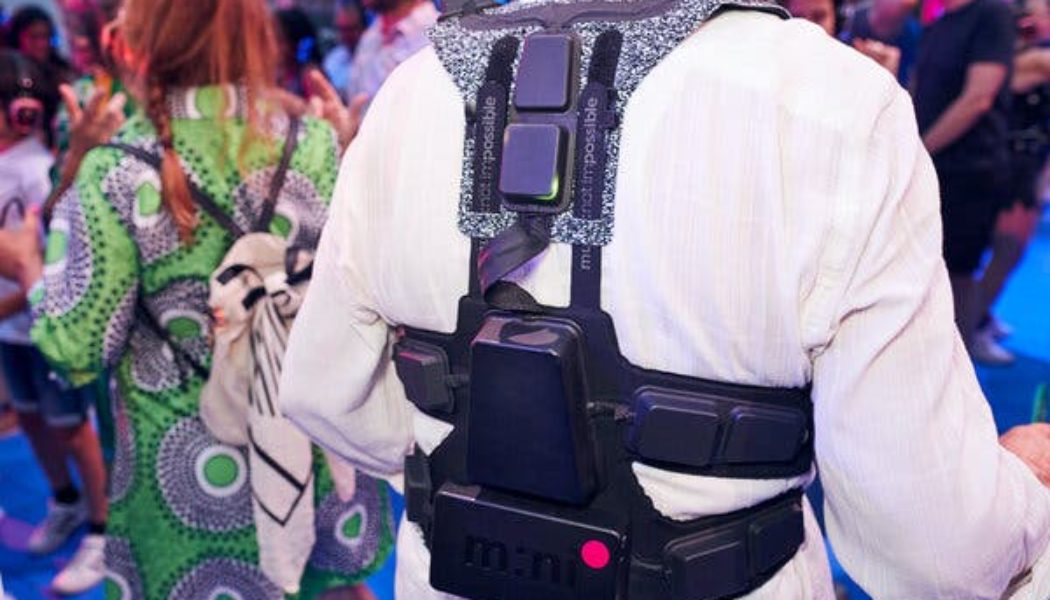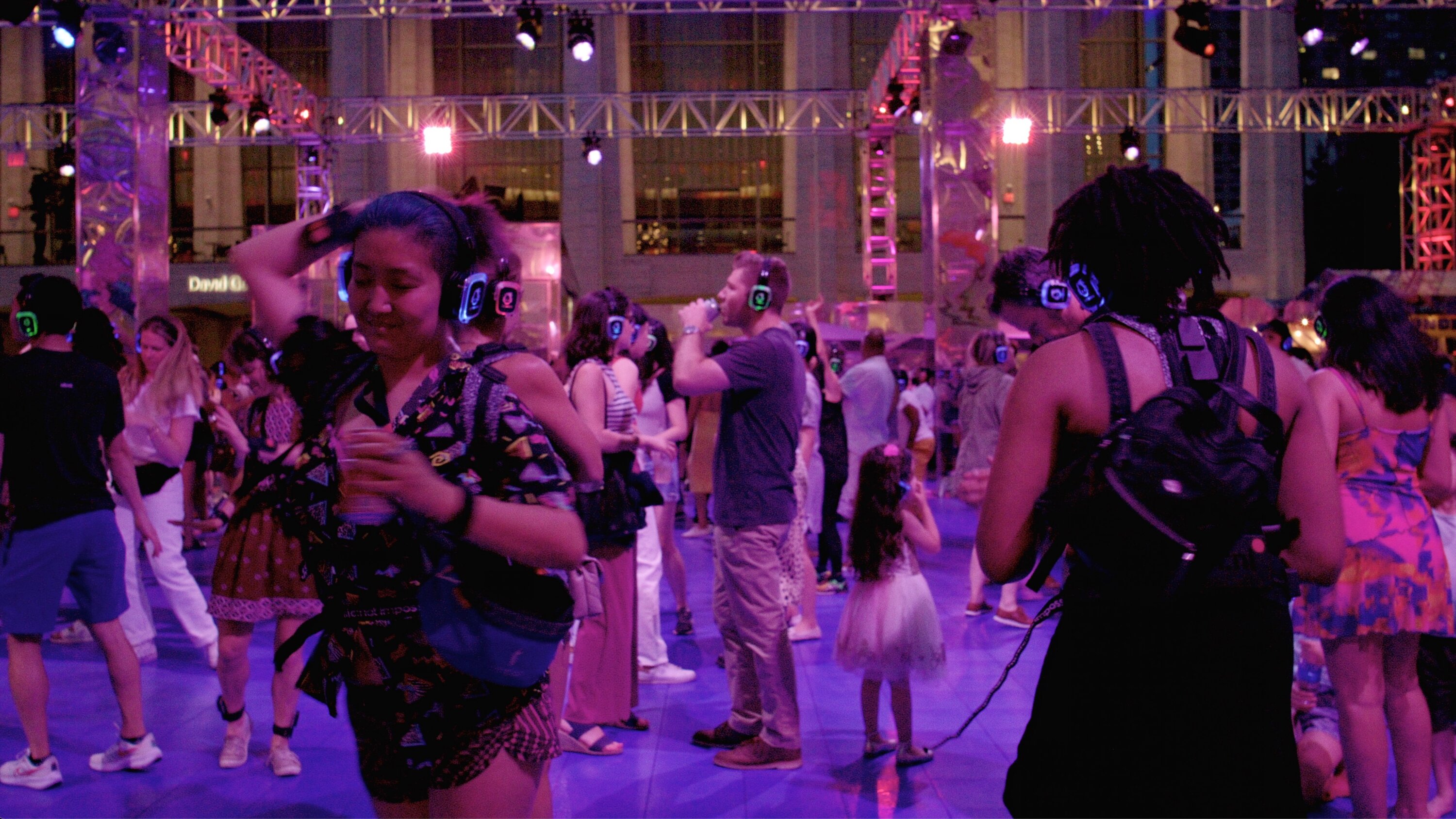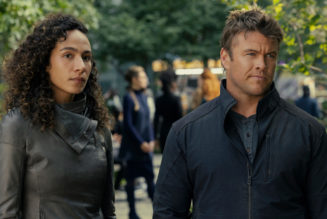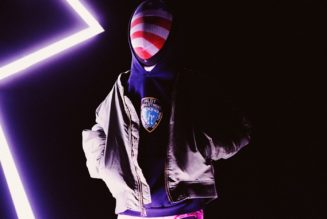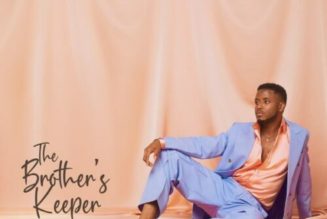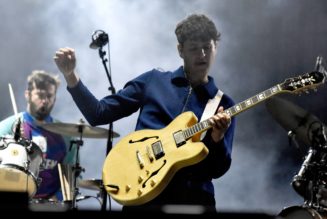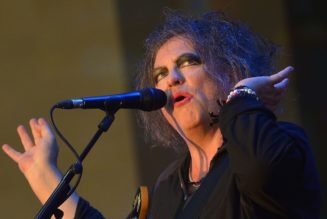Jay Alan Zimmerman, a deaf composer and musician, was used to positioning himself near the speakers at clubs, straining to feel the vibrations of songs he could not hear.
So when he was invited to test a new technology, a backpack, known as a haptic suit, designed for him to experience music as vibrations on his skin — a kick drum to the ankles, a snare drum to the spine — he was excited.
“With captioning and sign language interpretation, your brain is forced to be in more than one place at a time,” Mr. Zimmerman, who began losing his hearing in his early 20s, said in a recent video interview.
“With a haptic system,” he continued, “it can go directly to your body at the exact same moment, and there’s real potential for you to actually feel music in your body.”
The type of haptic suit Mr. Zimmerman first tested, now nearly a decade ago, has recently become more accessible to the public. The devices were available at events this summer at Lincoln Center in New York City — including at a recent silent disco night, an event in which people dance while listening to music via wireless headphones — as well as at the South by Southwest festival in Austin, Texas, in March, a Greta Van Fleet concert in Las Vegas and a performance at Opera Philadelphia.
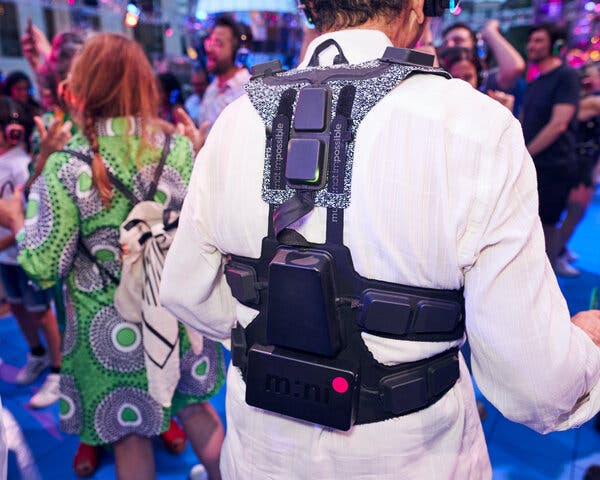
Developed by the Philadelphia-based company Music: Not Impossible, the device consists of two ankle bands, two wrist bands and a backpack that fastens with double straps over the rib cage. Wearing one of them feels a little like a full-body bear hug from a massage chair.
Haptic suits, which are also used in virtual reality and video games, have been around for several decades. But the Music: Not Impossible suits are unique because the devices turn individual notes of music into specific vibrations. Other companies are also producing haptic products designed to capture the sonic experiences of various events. Examples include the crack of a baseball bat at a sporting event transmitted through vibrating seats, or more everyday experiences like the sound of a dog barking translated through a pattern of buzzes on a wearable bracelet.
“There’s a revolution in haptic technology going on right now,” said Mark D. Fletcher, a researcher at the University of Southampton in Britain, who studies the use of haptics for supporting people who are deaf or have hearing loss.
The development of the suits has benefited from recent advancements in microprocessors, wireless technology, batteries and artificial intelligence, he said, all key components in the emerging market of wearable haptic devices.
Mick Ebeling, the founder of the Los Angeles-based Not Impossible Labs, was first inspired to experiment with haptic suits in 2014 when he saw a video of an event featuring a deaf D.J., with bass-heavy music pulsing through speakers facing the floor and people dancing barefoot. Mr. Ebeling wanted to find a better way for deaf people to experience music.
Daniel Belquer, a composer who has a master’s degree in theater, soon came on board to find a way to transmit the experience of music straight into the brain. That mission, Mr. Belquer said, soon expanded to a goal of creating a tactile experience of music that was available for everyone, including people without hearing loss.
Mr. Belquer joined the project because he was interested in helping the deaf community, but also because he was intrigued as a composer. He had written a master’s thesis on listening and was already producing sound with vibrating objects in his own shows.
Mr. Belquer worked with engineers at Avnet, an electronics company, to produce a more nuanced haptic feedback system for use with musical experiences, which creates a sensation of touch through vibrations and wireless transmission without lag time. But the first prototypes were heavy and not sensitive enough to really translate the music.
“As a composer, artistic expression is important, not just the tech side,” he said.
He solicited feedback from members of the deaf community, including Mandy Harvey, a deaf singer and songwriter; as well as Mr. Zimmerman, the composer; and the sign language interpreter Amber Galloway.
Mr. Zimmerman said that the first version of the device he tested was “not satisfying.”
“Imagine having seven or eight different cellphones strapped to various parts of your body, attached to wires,” he said. “And then they all just start going off randomly.”
Mr. Belquer worked to perfect the technology, he said, until up to 24 instruments or vocal elements in a song could each be translated to a different point on the suit.
By 2018, he had created the first version of the current model, which offers three levels of intensity that can be set individually, as well as a fully customizable fit.
Amanda Landers, a 36-year-old sign language instructor at Syosset High School on Long Island who has progressive hearing loss that began around the time she was in high school, said she thinks the suits are a radical way to create access for people who are deaf or hard of hearing.
She first wore one of the vests last year, during a private demonstration with Mr. Belquer and Flavia Naslausky, the head of business development and strategy at Music: Not Impossible, after coming across the Not Impossible Labs website while researching emerging technologies for people with hearing loss to show her students.
The company played her snippets from the film “Interstellar,” whose composer, Hans Zimmer, was nominated for an Academy Award for best original score. The biggest surprise, Ms. Landers said, was the intensity of the sensations.
“When the song was getting lower, not only did the different parts of you vibrate; it actually got softer and more in-depth,” she said in a recent video interview. “And when it was louder, my whole body was shaking. Just the level of precision they put into it was astounding.”
The technology, which has been tested at a range of up to three-quarters of a mile from a stage, works for both throbbing bass tracks and classical pieces (it was mostly dance-pop and electronic music in the mix at a silent disco on a recent Saturday night at Lincoln Center).
“What they’re doing is so important,” Ms. Landers said of Music: Not Impossible’s vision of creating a shared musical experience for all concertgoers. “People often look at inclusivity as something that’s like, ‘Oh, that’s so complicated,’ and then they don’t do it, but it’s not that hard.”
Music: Not Impossible currently provides the suits to organizations as part of a full-package deal, which includes up to 90 suits; a team of on-site staff members who will assist people with getting them on, answer questions and troubleshoot the technology; as well as a team of “vibro D.J.s” trained to customize the vibration transmission locations for each song in a set.
Prices start at a few thousand dollars for a “basic experience,” Mr. Belquer said, which includes a couple of suits and a vibro D.J., and can reach six figures for experiences that absorb a significant part of the company’s 90-suit inventory in the United States.
(Lincoln Center, which has made the suits available at a few events each summer since 2021, had 75 suits at two silent disco nights and a Mostly Mozart Festival Orchestra concert this summer, up from the 50 it offered per event last year.)
“The only requirement that we make on that front is that the deaf and hard-of-hearing never get charged for our experience,” Mr. Belquer said.
But the unaffordability for most consumers is one reason that haptic suits, while promising, are currently an impractical option for most individuals who are deaf or have hearing loss.
Dickie Hearts, a 35-year-old actor and artist in New York who was born Deaf and counts himself a regular among the city’s club scene, had the chance to try an earlier version of the Music: Not Impossible suits at a concert in Los Angeles around eight years ago. (Deaf is capitalized by some people in references to a distinct cultural identity.)
While he appreciates the intention behind them, he said, he prefers having live American Sign Language interpretation alongside captions that convey the lyrics.
“Feeling the vibration has never been an issue for me,” he said in a recent video call, conducted with the assistance of an ASL interpreter. “I want to know what the words are. I don’t want to have to reach out to my hearing friend and be like, ‘Oh, what song are they playing?’”
Another concern, he said, is that the packs could make Deaf people targets for bullies. At the event where he tested them in Los Angeles, he said, only Deaf people were using them, which made him feel singled out.
But, he added, if hearing individuals in the audience were wearing the suits as well, as at Lincoln Center’s silent disco nights, he would be interested in being part of that.
Mr. Belquer said that Music: Not Impossible hoped to create a product everyone could use.
That vision came to life at the Lincoln Center silent disco. As dusk fell, about 75 people, wearing either red, green or blue flashing headphones had a chance to experience the suits. They bopped and swayed to pulsing dance-pop tracks sometimes alone, carving their own circle of rhythm, and sometimes in groups.
“It’s like raindrops on my shoulders,” said Regina Valdez, 55, who lives in Harlem.
“Wow, it’s vibrating,” said Lucas Garcia, 6, who appeared surprised as he looked down at his vest. His parents, Chris Garcia and Aida Alvarez, who were also wearing vests, danced nearby.
It was — as designed — impossible to tell who was deaf and who was hearing.
But Mr. Zimmerman, who first tested the suits, said he was still hoping for a few more tweaks.
“I would like to have it be so good that a beautiful note on violin would make me cry,” he said. “And a funny blast of a trombone would make me laugh.”
Katie Van Syckle contributed reporting.
